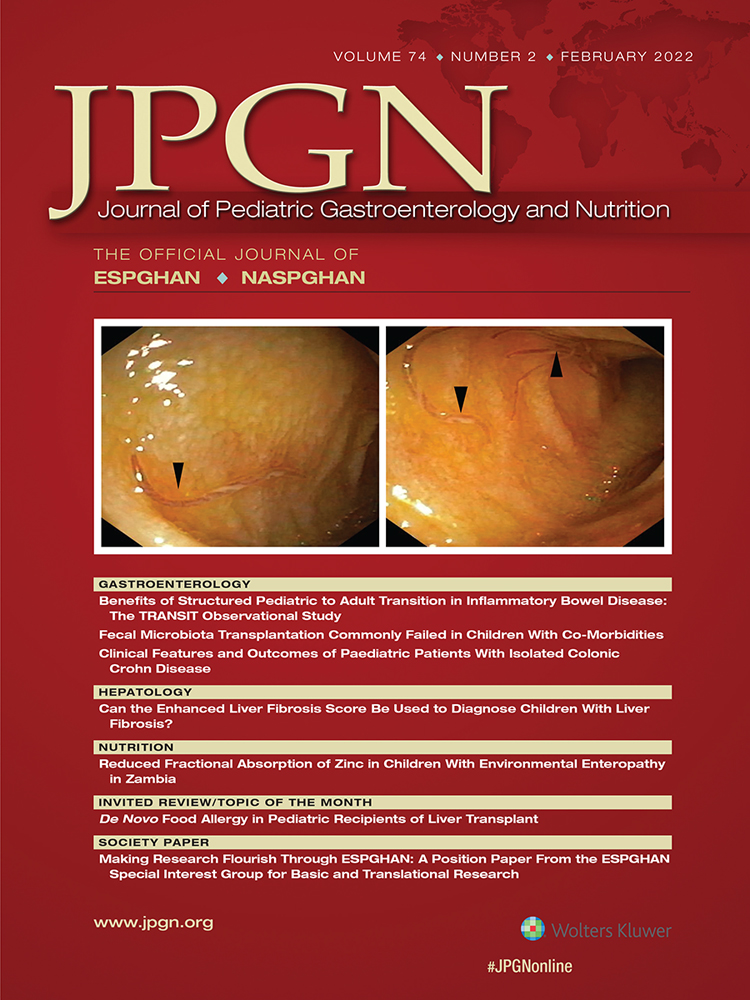Impact of Patient Engagement and Social Determinants of Health on Care of Eosinophilic Gastrointestinal Disorders Patients
Sources of Funding: This research did not receive any specific grant from funding agencies in the public, commercial, or not-for-profit sectors.
Conflicts of Interest: S.K.G. reports personal fees from Allakos, Abbott, Adare, Celgene, Gossamer Bio, QOL, Medscape, Viaskin, research grants from Shire, and royalties from UpToDate.
Supplemental digital content is available for this article. Direct URL citations appear in the printed text, and links to the digital files are provided in the HTML text of this article on the journal's Web site (www.jpgn.org).
ABSTRACT
The purpose of this study was to identify factors that influence eosinophilic gastrointestinal disorders (EGID) patients to switch gastroenterologists, assess the prevalence of social determinants of health (SDoH) in EGID patients, and the impact of SDoH on provider switching. 191 patients/caregivers participated in this cross-sectional, online study distributed through Patient Advocacy Groups. The 35-question survey took about 20 minutes to complete and was divided into three sections: demographics; 10 questions about provider switching; and nine-domain SDoH screen.
Patients with EGIDs often switch providers, most commonly due to dissatisfaction with engagement in decision making. Additionally, these patients commonly have SDoH, some of which are associated with increased provider switching. Our results highlight the need to mindfully engage patients in decision-making and disease management. Providers also need to look beyond the “clinic space” and into SDoH. These low-cost/high-impact changes in provider behavior can promote continuity of care and patient engagement.




